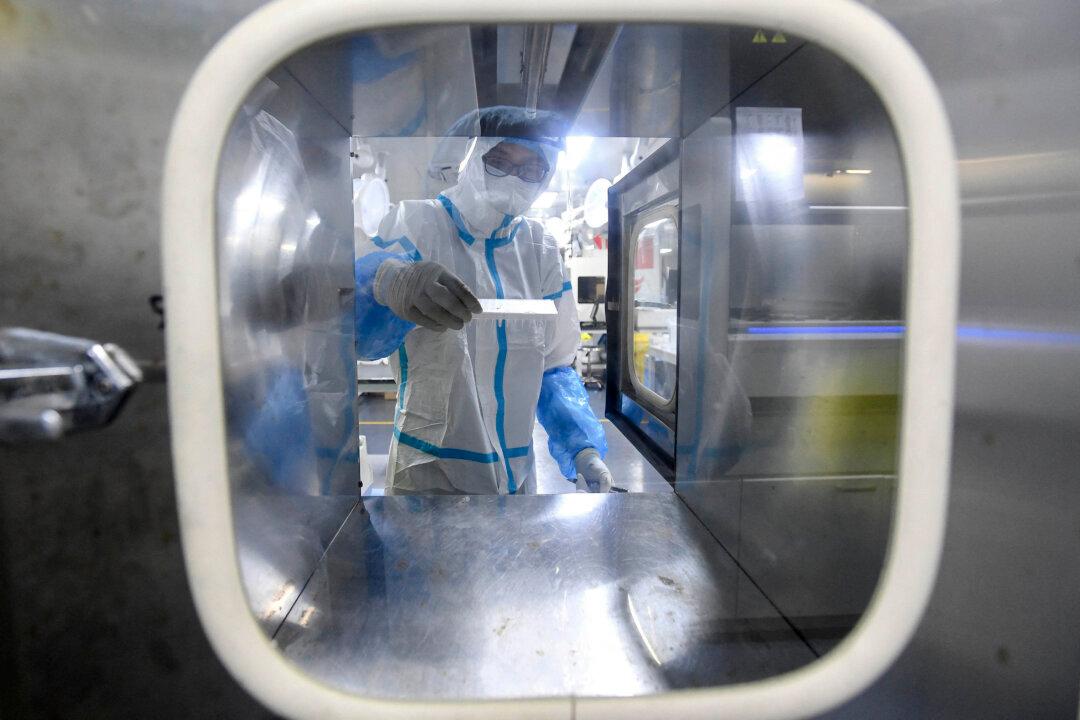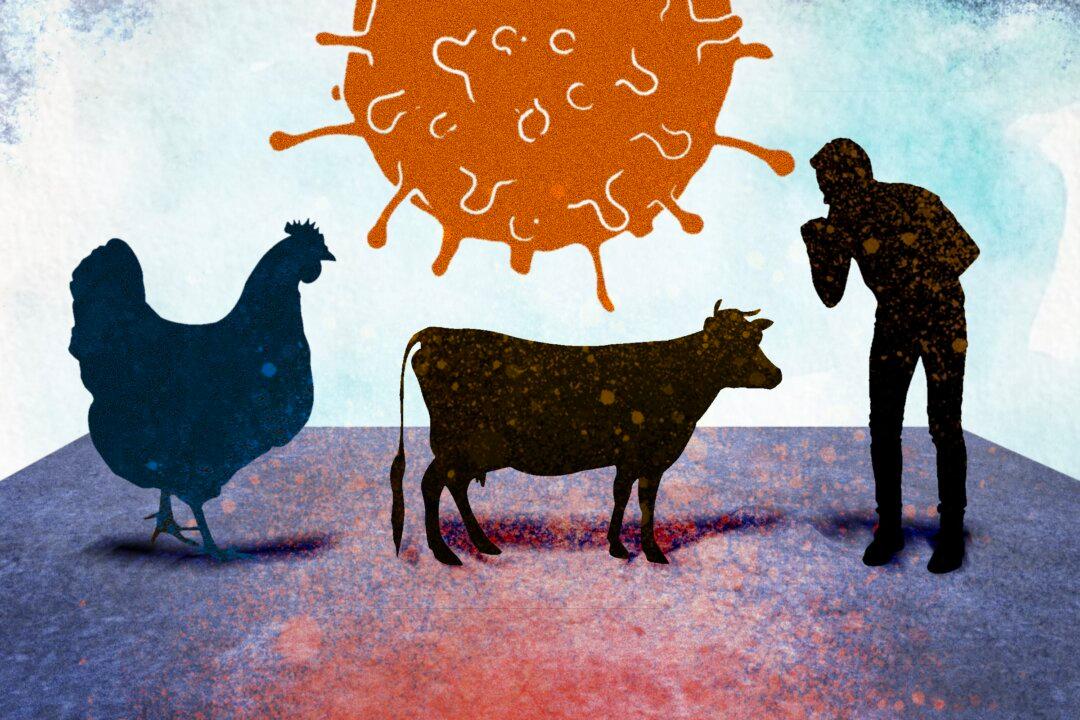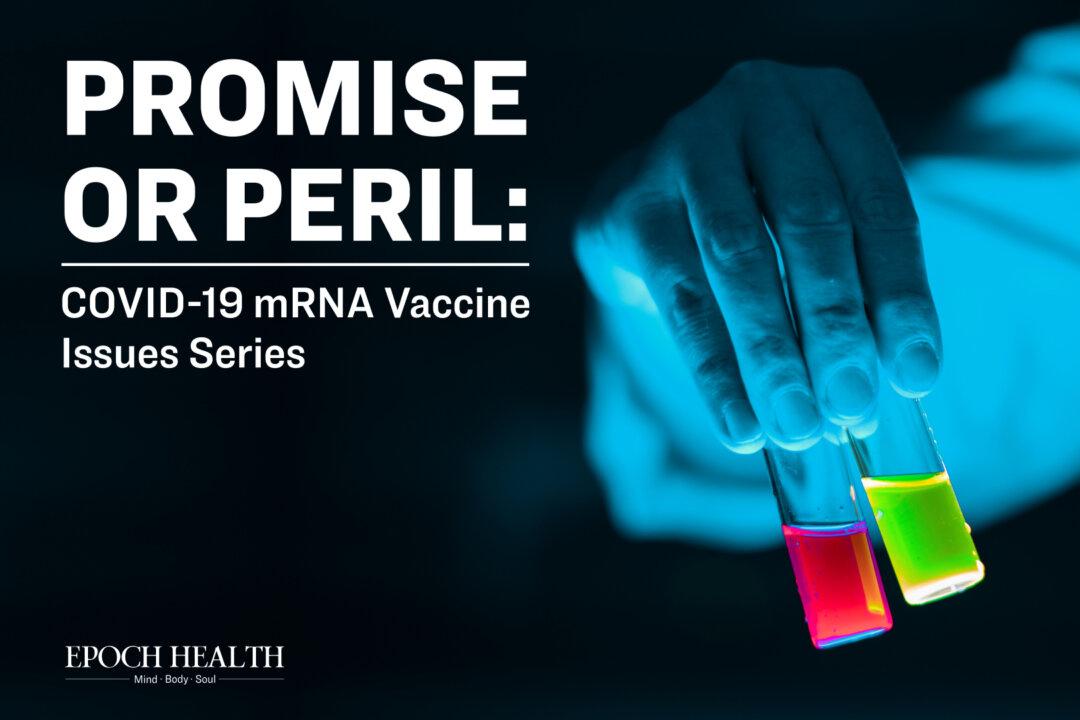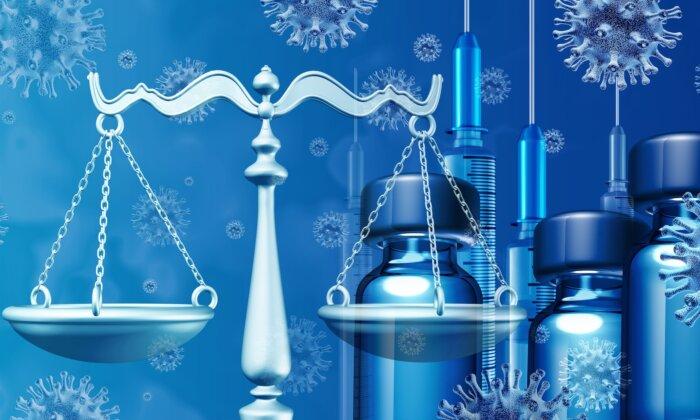How Can Viruses Be Reactivated?
In the number of years I spent in the military as a microbiologist, I’ve always been quite impressed with how shrewd viruses can get.During viral infections, viruses have to deal with the defense of the immune systems. If the immune system has the upper hand and defeats the viruses, viruses might develop mechanisms to stay dormant and become inactivated.
One such mechanism is to insert their viral DNA into cells’ chromosomes, staying in latency without active replication. Other mechanisms might involve promoting epigenetic silencing of the viral genome, meaning they stay “muted” in activity, but present and lying in wait.
Host cells will then reproduce cells still carrying the viral genetic information. Then, viruses might come back years, or even decades later, reactivating the viral replication when the immune system degrades. This prudent strategy where viruses turn into a latent enemy within the host is quite an effective strategy against the enemy, whether in the military or the human body.
- Herpes simplex virus, which causes blisters in the mouth and genital herpes. It is extremely common;
- Varicella zoster virus (VZV), more commonly known as chickenpox;
- Epstein-Barr virus (EBV), which causes mononucleosis or “mono,” the “kissing disease,” as it can be transmitted when people kiss each other;
- Cytomegalovirus (CMV), which usually causes a great deal of trouble for immunocompromised people but not really otherwise;
- Human immunodeficiency virus (HIV), which causes AIDS; this virus can stay in your body for more than a decade before becoming activated.
Shingles can also be caused by advanced age, stress, diseases (chronic or acute), cancer, or various other sources. In fact, the aforementioned factors usually also lead to the reactivation of other viruses. Chronic fatigue might lead to reactivating EBV, herpes might be reawoken with surgery, and HIV might be kickstarted by tumors.
Can COVID-19 Reactivate Latent Viruses?
Although it is unclear what exactly lets the viruses know that the immune system is compromised or otherwise occupied, there is now an increasing pool of data that strongly correlates the reactivation of previous viruses and a COVID-19 infection or even vaccination.The researchers recorded fragment levels two to three weeks after clinical diagnosis of COVID-19, two to three weeks after acute disease onset, and two to three months after initial symptoms. The researchers found that although viral fragment levels of other diseases were never higher than that of SARS-CoV-2, EBV fragment levels were still quite high.
Then, is this due to coinfection of COVID and EBV, or reactivation of latent EBV after COVID infection?
Actually, studies have found that the fluctuation patterns of antiviral IgG levels can indicate whether this is coinfection or reactivation of latent EBV.
In the diagram illustrated here, the solid lines represent antigen levels for EBV during acute infection, and the dashed lines are predicted antigen levels for a reactivation of EBV caused by SARS-CoV-2.
So, there are two major differences: one is that IgG antibody levels against viral capsid protein (VCA IgG) will be low during the initial one to two days of infection, while VCA IgG will start from a high level if it is a reactivation case.
The second difference is that the IgG against nuclear antigen (NA protein) will have a slow curve to increase its level if it is related to acute EBV infection on top of COVID, but the NA IgG will start from medium to high level if it is a reactivation of latent EBV.

Long COVID and Virus Reactivation
COVID-19 sometimes leads to an infamous syndrome called long covid, also known as post-acute sequelae of COVID-19 (PASC). Long covid patients often experience “unremitting fatigue, post-exertional malaise, and a variety of cognitive and autonomic dysfunctions” for a prolonged period of time.This means that the immune system is under a terrific amount of stress struggling with these symptoms, which some scientists speculated to be quite the precursor to the reactivation of various hibernating viruses.
The results were surprising in the sense that many antibody responses were raised against not only SARS-CoV-2, but also other viruses such as EBV and VZV.
Using a process called rapid extracellular antigen profiling (or REAP), scientists were able to identify an elevated REAP score for many viruses belonging to the family herpesviridae, indicating that these viruses were reactivated during a COVID-19 infection.
Can the Jabs Reactivate Viruses as Well?
COVID-19 vaccines simulate the COVID-19 infection in a special way and force the immune system to adaptively react to it.During the time when the immune system is processing the vaccine, it effectively redirects the attention of a lot of the naïve CD-8 T-killer cells to the COVID-19 spike proteins, and might leave a fleeting moment for some viruses from past infections to resurface.
In the study, 80 percent of the patients in the study didn’t have any other factors which might have led to the reactivation. Two patients, who had diabetes as the only other possible factor, already had it well under control before the vaccination. This is not the only case report in relation to shingles.
By May 2022, the United States Vaccine Adverse Event Report System (VAERS) has already reported 4,577 cases of HZ post-vaccination, and the Medicines and Healthcare products Regulatory Agency (MRHA) of Great Britain reported 2,527 HZ cases. It is important to note that HZ is likely an underreported occurrence as a post-vaccination complication.
It is important to note that the studies validate the correlation between the COVID-19 infection or vaccine and the reactivation of various viruses from their dormant period, but it is in no way meant to indicate causation.
However, there needs to be a well-calibrated balance between administering vaccines to individual groups with different risk factors.
The official guidelines are to get the elderly vaccinated first in order to protect them from strong ramifications as a result of a COVID-19 infection. It is true that most coronavirus deaths are from that age group and that the elderly suffer the most under this virus.
However, we have to keep in mind that, empirically, this age group is precisely the group at high risk of having other viruses reactivated when their immune system has a burden to face.
This is why a delicate balance of risks and benefits must be maintained when operating under the assumption and guise of prevention and protection.










